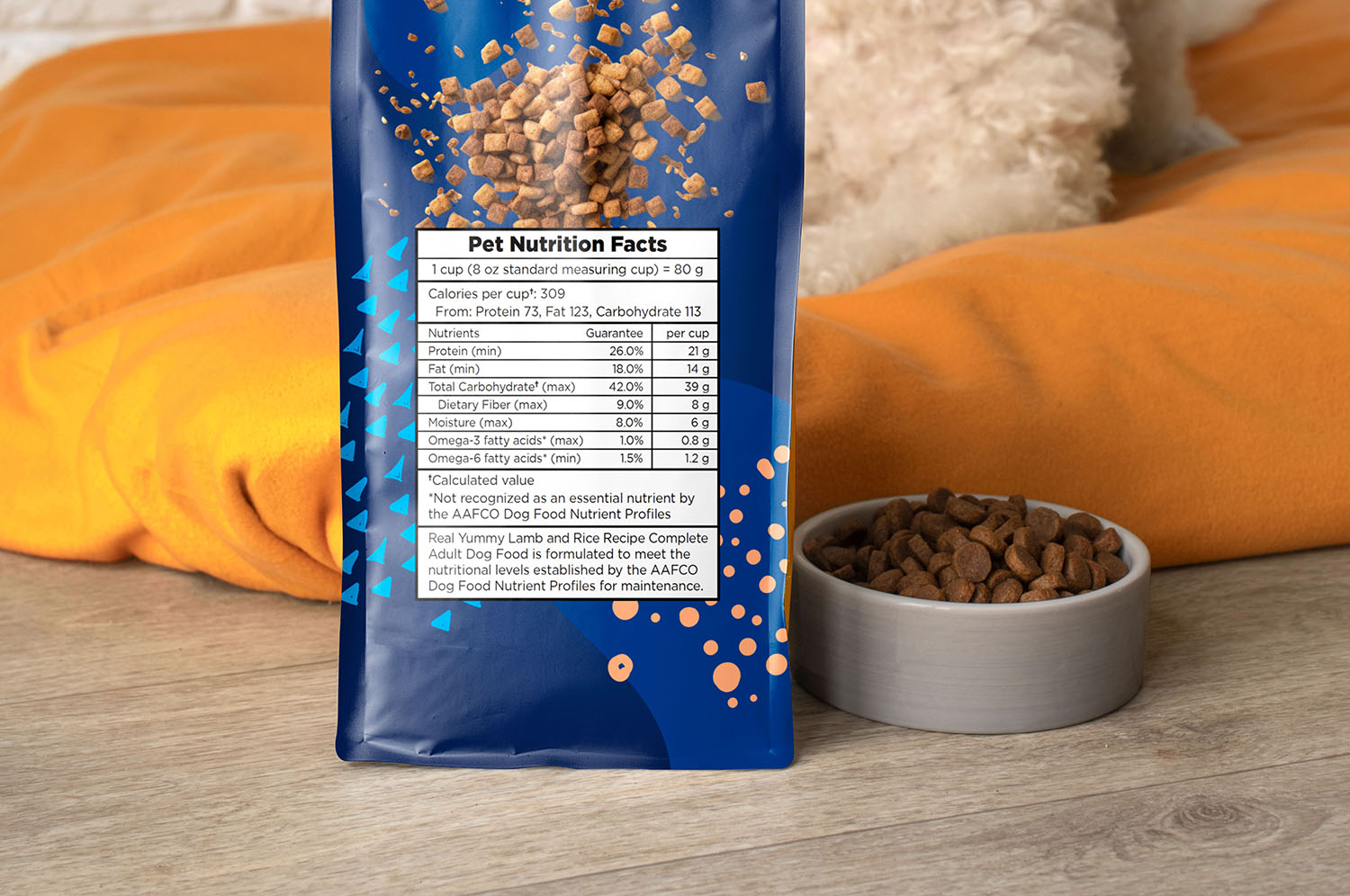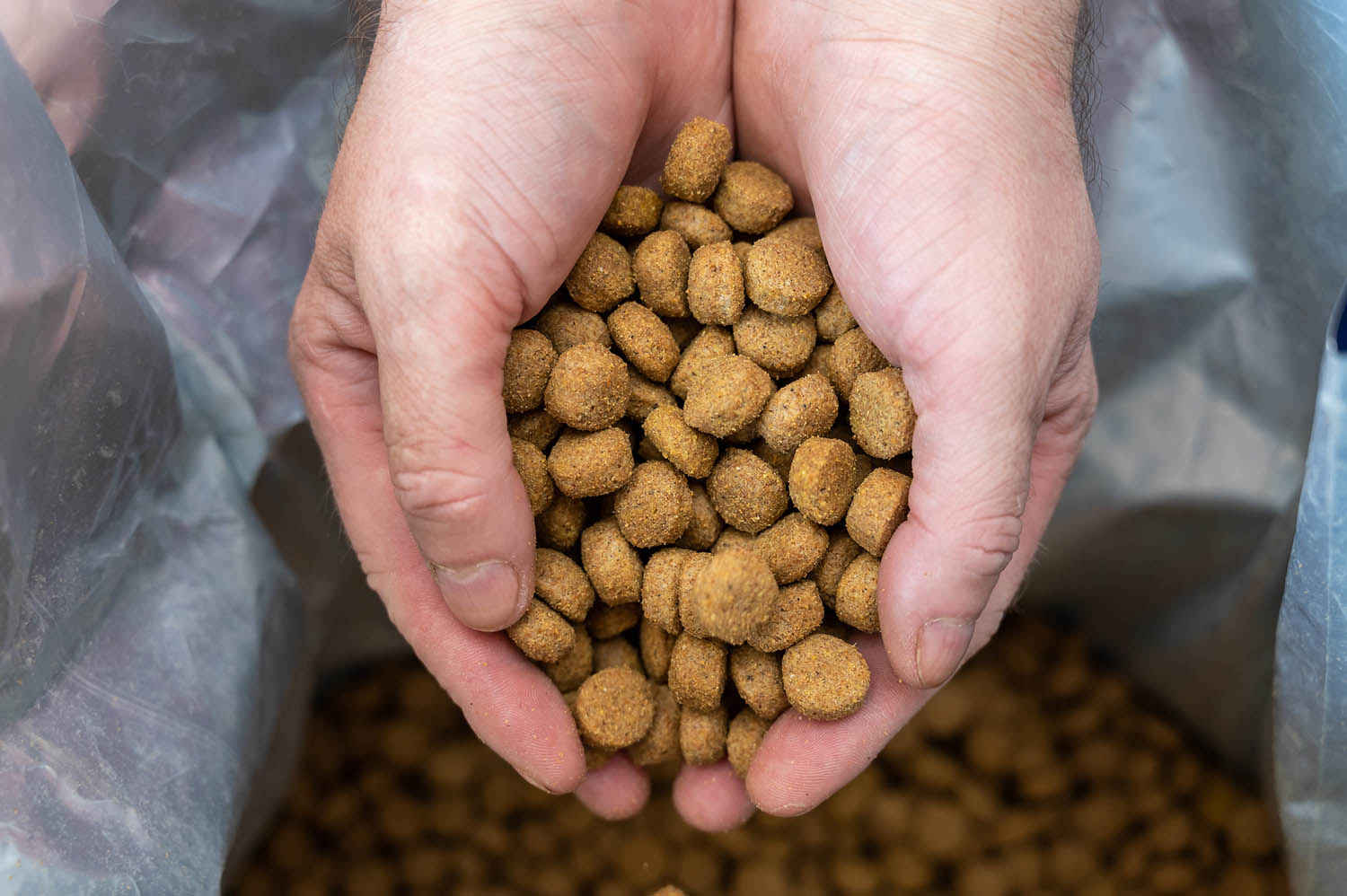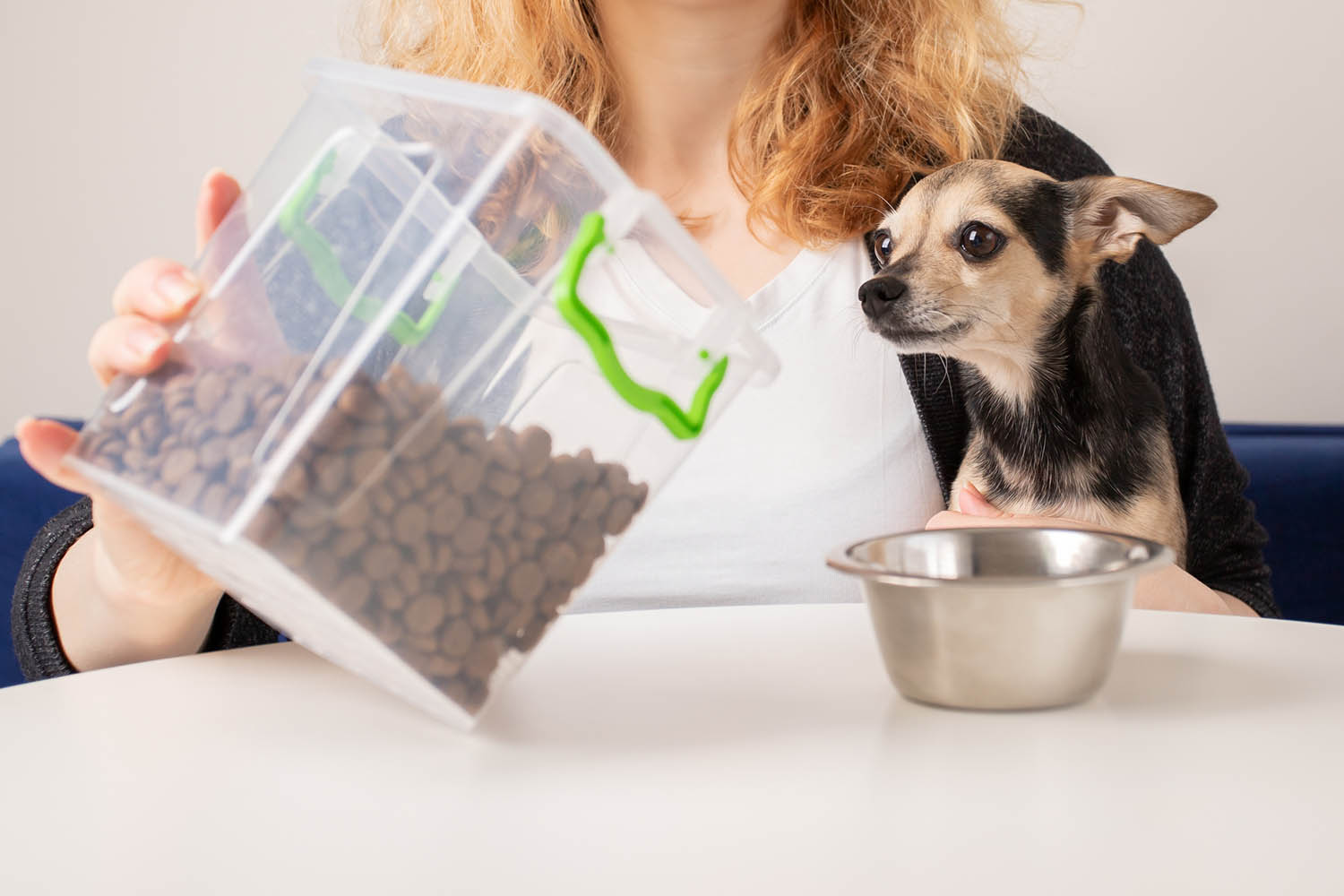PFI’s Dana Brooks, president and CEO, discusses the current pet food label and ingredient regulation process and what areas are in need of modernization.
As a pet lover, I know firsthand that dogs and cats bring us joy and companionship, improve our physical and mental health, and just make life better. It is no surprise that 60% of U.S. households live with a dog or cat.
And when it comes to feeding our pets, U.S. pet food makers work every day to produce nutritious, safe foods and treats. Pet foods are among the most highly regulated food products, and pet food makers adhere to strict federal and state regulatory standards.
But what is surprising to many people is that certain aspects of the pet food regulatory process are more than 100 years old, creating inefficiency and confusion, and slowing product innovation. To better meet the needs of pets and their owners, we are working with stakeholders across the industry to modernize how pet food regulation works in the U.S.
Understanding the Current Pet Food Regulation Process
Let us take a closer look at how pet food regulation works today, what works well, and what doesn’t.
First, what is working? At the national level, pet foods and treats are regulated by the U.S. Food and Drug Administration Center for Veterinary Medicine (FDA CVM). Under federal law, the Food Safety Modernization Act (FSMA) gives FDA CVM the regulatory authority over the safety of pet food manufacturing. This regulatory structure provides clear, consistent, and transparent national guidance to help keep pet foods safe and nutritious. Further, the Food Drug and Cosmetic Act (FDCA) gives FDA CVM regulatory authority over the marketing of pet food, ensuring labels are neither misleading nor deceptive.
Areas of Pet Food Regulation to Modernize
Unlike human food products we buy for ourselves, pet foods are also subject to a system of state regulations and feed laws for ingredients and product labels. These model rules and processes are generally set and overseen by a century-old voluntary organization called the Association of American Feed Control Officials (AAFCO). To be clear, AAFCO has no legally recognized regulatory authority, as it was created in 1909 to harmonize and promote interstate commerce of livestock feed and pet foods. But today, many AAFCO requirements treat dog and cat food more like livestock feed. We can all agree that today’s pet foods have little in common with livestock feed; instead, pet food is manufactured and marketed similarly to human foods. The regulatory framework should recognize this.
Additionally, the patchwork state system presents several significant challenges that negatively impact pet food. For example, AAFCO relies on volunteer state officials to set standards for pet food ingredients and labels. But since AAFCO has no national binding authority, individual states may choose to adopt, or not adopt these standards. As a result, inconsistencies from state to state are quite common. Some states recognize some AAFCO rules and disregard others, while other states choose to not recognize AAFCO standards at all. This outdated process creates extra hurdles nationally for distributed pet foods (and other consumer products such as human foods do not face this state-by-state patchwork approach).
One component of most states’ feed laws is that pet food packages are required to be reviewed and registered by state feed control officials. Each product in every size packaging may require a label review regardless of product changes. This creates an impossible system where pet food makers must adhere to multiple different state feed laws, with inconsistent interpretation of definitions of ingredients, label reviews, and claims from state to state. This system often leads to market disruptions. Every pet food maker has experienced instances of a state threatening to pull a product from store shelves — not because of a safety issue — but because of the verbiage or even the font used on a label.
Another barrier is that individual states are not always staffed and properly trained to approve new ingredients sought by pet owners. The AAFCO process often takes multiple years to approve a single new ingredient, even if it has been demonstrated to be safe for pets, and one single state can hold up approval everywhere. This results in a huge backlog of ingredient approval requests, adding years to the time it takes to get innovative new products to market.
It’s Time for a Change
To be clear, the regulatory framework can be modernized while still allowing pet food makers to continue to work closely with both federal and state officials— including the FDA, State Departments of Agriculture, and other state officials — in all critical areas such as facility inspections, pet food safety, ingredient approvals, and more. But outdated processes, inefficiency, and inconsistent standards across 50 states have no place in the modern world of pet food regulation. Our pets deserve a better regulatory framework, and we look forward to working together to achieve this.



